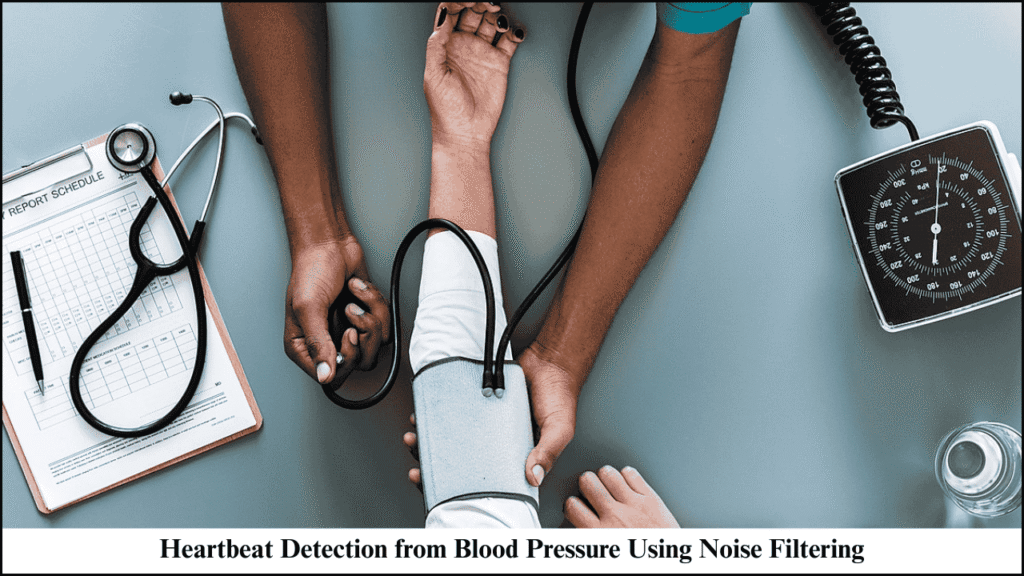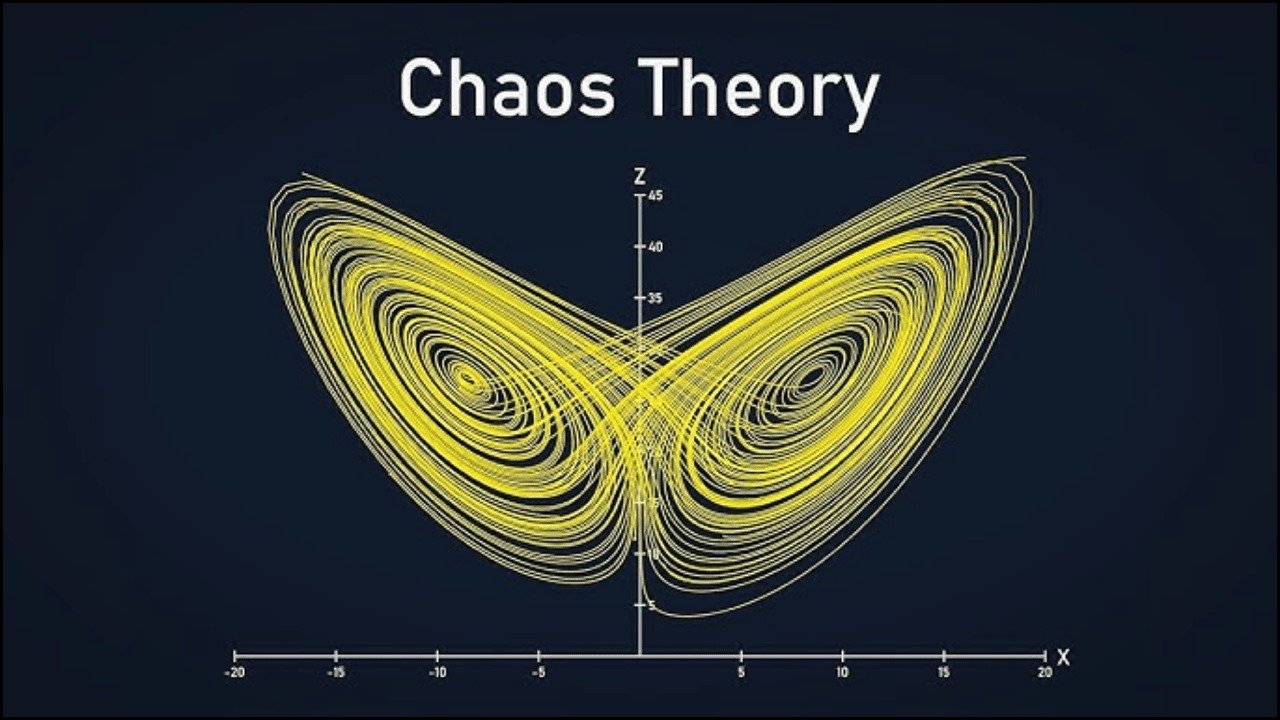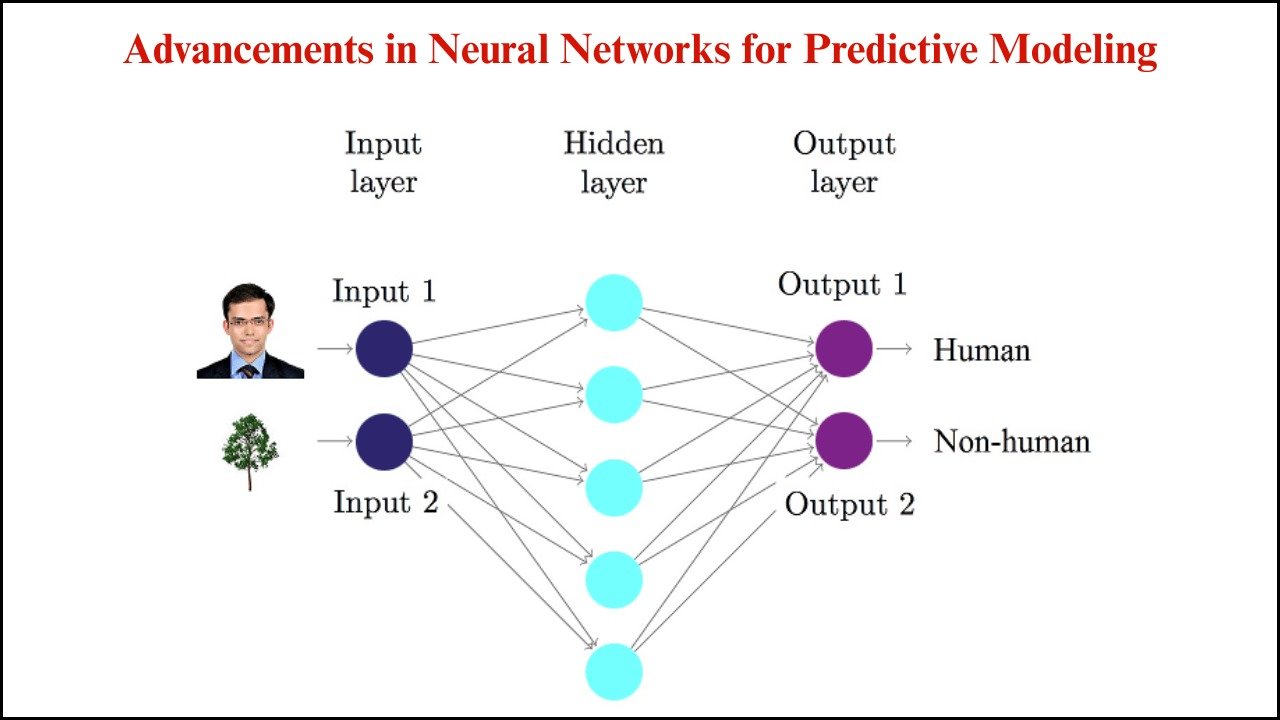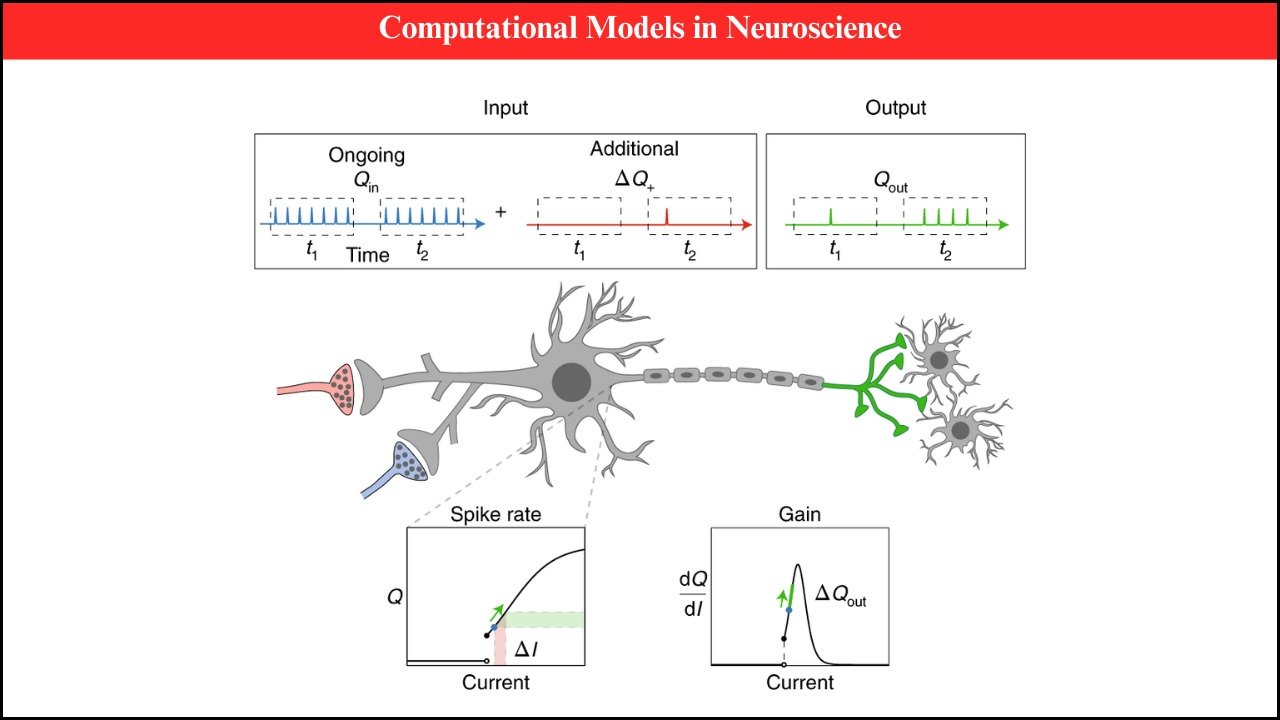
Heartbeat detection plays a vital role in modern healthcare and clinical research. Accurate measurement of heart activity allows physicians and researchers to identify abnormalities, track patient health, and improve medical decision-making. Blood pressure signals provide a non-invasive pathway for monitoring heartbeats, but these signals often contain noise due to motion artifacts, sensor limitations, or environmental interference. Noise filtering techniques, therefore, become essential in extracting reliable heartbeat information from raw blood pressure waveforms. This article explores the concept of heartbeat detection from blood pressure, explains the challenges caused by noise, highlights various filtering techniques, and presents structured insights with tables and bullet points for clarity.
Table of Contents
Importance of Heartbeat Detection
- Early Diagnosis: Abnormal heartbeat patterns can indicate cardiovascular diseases such as arrhythmia, hypertension, or ischemia.
- Continuous Monitoring: Portable devices rely on heartbeat detection for real-time tracking of patient health.
- Non-Invasive Measurement: Using blood pressure signals reduces the need for invasive methods like catheter-based monitoring.
- Integration with Wearables: Smartwatches and digital cuffs depend on precise heartbeat extraction to provide accurate health reports.
Challenges in Detecting Heartbeats from Blood Pressure Signals
- Motion Artifacts: Hand or body movements during measurement distort the signal.
- Sensor Noise: Electronic components introduce random interference in data acquisition.
- Baseline Drift: Long-term monitoring often shifts the signal baseline, complicating detection.
- Physiological Variability: Breathing, stress, and irregular rhythms affect the consistency of heartbeat peaks.
Concept of Noise Filtering in Heartbeat Detection
Noise filtering ensures that unwanted components of the blood pressure signal are removed while retaining critical features such as systolic and diastolic peaks. Effective filtering enhances the accuracy of heartbeat detection algorithms and prevents false identification.
Common Noise Sources in Blood Pressure Signals
- Environmental Noise: Electrical interference from nearby devices.
- Mechanical Vibrations: Movements of sensors or cables during measurement.
- Biological Noise: Overlapping signals from respiration or muscle contractions.
- Quantization Noise: Errors from digital conversion of analog blood pressure signals.
Filtering Techniques for Heartbeat Detection
1. Low-Pass Filtering
- Removes high-frequency noise above a set threshold.
- Useful for eliminating sensor-related disturbances.
2. High-Pass Filtering
- Removes baseline drift and low-frequency variations.
- Improves detection of rapid heart rate changes.
3. Band-Pass Filtering
- Combines high-pass and low-pass filters.
- Focuses only on frequency ranges relevant to heartbeat signals.
4. Adaptive Filtering
- Adjusts filter properties based on noise characteristics.
- Effective for real-time wearable monitoring.
5. Wavelet Transform Filtering
- Decomposes signals into multiple scales.
- Removes noise while preserving heartbeat peaks.
6. Moving Average Filtering
- Smooths the signal by averaging successive values.
- Simple method to reduce small fluctuations.
Key Features of Blood Pressure Signals in Heartbeat Detection
| Feature | Description | Role in Heartbeat Detection |
|---|---|---|
| Systolic Peak | The Maximum point in the blood pressure waveform | Indicates contraction of the heart |
| Diastolic Peak | Lowest point in the waveform | Mark’s relaxation phase |
| Dicrotic Notch | Small dip after systolic peak | Represents valve closure |
| Pulse Interval | Time between two systolic peaks | Used for heart rate estimation |
Comparison of Filtering Methods
| Filtering Method | Strengths | Limitations | Best Application |
|---|---|---|---|
| Low-Pass Filter | Simple, reduces high-frequency noise | May distort sharp peaks | Clinical cuff monitors |
| High-Pass Filter | Removes baseline drift | Can amplify high-frequency noise | Long-term monitoring |
| Band-Pass Filter | Focuses on heartbeat frequency | Requires tuning | Research devices |
| Adaptive Filter | Handles dynamic noise | Complex computation | Wearable systems |
| Wavelet Filtering | Preserves signal details | Computationally heavy | Signal analysis research |
| Moving Average | Easy to implement | Less effective for strong noise | Low-cost devices |
Process of Heartbeat Detection Using Noise Filtering
- Signal Acquisition: Blood pressure waveform recorded via cuff-based or wearable sensor.
- Preprocessing: Signal is digitized and normalized for consistency.
- Filtering Stage: Appropriate noise filter applied to enhance clarity.
- Peak Detection: Algorithms identify systolic peaks for heartbeat recognition.
- Validation: Detected peaks cross-checked against expected patterns to avoid errors.
- Output: Heartbeat intervals and heart rate derived from processed data.
Applications of Heartbeat Detection from Blood Pressure Signals
- Medical Diagnostics: Early detection of cardiovascular diseases.
- Fitness Monitoring: Tracking exercise intensity and recovery.
- Critical Care: Continuous monitoring of patients in ICUs.
- Wearable Devices: Integration into smartwatches, fitness trackers, and portable BP monitors.
- Telemedicine: Remote monitoring of patients for better healthcare access.
Advantages of Using Noise Filtering in Heartbeat Detection
- Accuracy Improvement: Removes false peaks caused by noise.
- Reliability: Ensures consistent detection across different environments.
- Real-Time Monitoring: Enables continuous measurement without significant errors.
- Compatibility: Works with both clinical and consumer-grade devices.
Limitations and Considerations
- Computational Complexity: Advanced filters require more processing power.
- Battery Consumption: Real-time filtering in wearables may drain energy faster.
- Over-Filtering: Excessive filtering may suppress true heartbeat peaks.
- Individual Differences: Signal characteristics vary between patients, requiring customization.
Future Directions in Heartbeat Detection Research
- Machine Learning Integration: Adaptive models to automatically detect noise and remove it.
- AI-Based Signal Processing: Neural networks for identifying heartbeat peaks in noisy environments.
- Wearable Optimization: Low-power filtering algorithms for extended use.
- Multimodal Monitoring: Combining blood pressure with ECG or PPG for improved accuracy.
Summary of Key Insights
| Aspect | Details |
|---|---|
| Primary Objective | Detect heartbeats from blood pressure signals |
| Main Challenge | Noise interference from motion, sensors, and the environment |
| Core Solution | Application of filtering techniques |
| Effective Methods | Band-pass filtering, adaptive filtering, wavelet transform |
| Applications | Healthcare, fitness, wearables, telemedicine |
| Future Trends | AI-driven filtering, multimodal data integration |
Key Takeaways
Heartbeat detection from blood pressure signals using noise filtering represents an important step toward reliable and accessible health monitoring. Noise is unavoidable in real-world conditions, but advanced filtering techniques can refine raw data into meaningful physiological insights. The growing adoption of wearable devices and AI-powered healthcare tools will make noise filtering indispensable for accurate heartbeat analysis. This integration of engineering and medicine will continue to enhance patient care and improve disease prevention.





